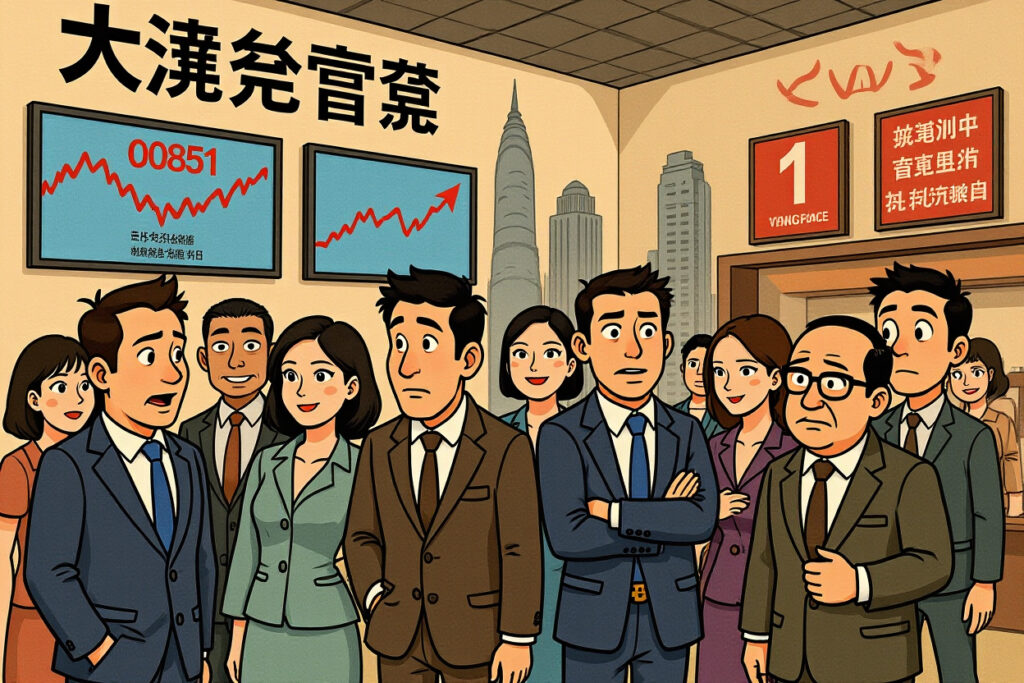U.S. Economic Gains from Ukraine Conflict Through NATO Procurement Model
Former U.S. President Donald Trump has reignited debate about Western military support for Ukraine by claiming the United States is economically benefiting from the conflict through NATO’s procurement mechanisms. His remarks highlight a fundamental divergence in strategic approaches between political administrations while raising critical questions about defense economics and alliance burden-sharing. These developments carry significant implications for global security architectures and defense sector investments.
Trump’s NATO Funding Assertions
Speaking to reporters on September 19th, Trump articulated a perspective that contrasts sharply with current administration policy: “We actually make money from this war because they’re buying our equipment. All the things we provide are paid for, unlike Biden. He gave them $350 billion, which is shocking.” This statement references the NATO-supported “Ukraine First Needs List” mechanism established in July, whereby European nations fund U.S. military transfers to Ukraine.
The first $10 billion package under this arrangement already reached Ukrainian forces last week, including Patriot missile system components. This procurement model represents a significant shift from direct aid allocations and creates tangible U.S. economic gains from Ukraine conflict supply chains.
Geopolitical Context and Russian Responses
Kremlin spokesperson Dmitry Peskov previously stated that NATO is “effectively at war with Russia” through its direct and indirect support to Ukraine. Russian Foreign Ministry spokesperson Maria Zakharova similarly criticized European energy sanctions as “self-harm” policies that damage member economies. These tensions create a complex backdrop for evaluating the economic dimensions of military support.
Diplomatic Efforts and Limitations
Trump recently acknowledged that resolving the conflict has proven “more difficult than expected” despite his claims during campaigning that he could quickly end hostilities. His meetings with Russian President Vladimir Putin, Ukrainian President Volodymyr Zelenskyy, and European leaders last month yielded minimal progress toward negotiations. The former president now says Putin “has disappointed him” regarding conflict resolution prospects.
Defense Sector Economic Impact
The NATO procurement mechanism generates measurable U.S. economic gains from Ukraine conflict through defense manufacturing orders. Major contractors like Lockheed Martin, Raytheon, and General Dynamics have reported increased production volumes for systems transferred to Ukraine. This activity supports domestic employment while contributing to positive balance-of-trade figures.
European Financial Contributions
Under the “Ukraine First Needs List” agreement, European NATO members bear procurement costs while U.S. manufacturers supply equipment. This arrangement creates indirect U.S. economic gains from Ukraine conflict support without direct budgetary allocations. Germany, Poland, and the United Kingdom have been among the largest contributors to this funding mechanism.
Market Implications and Investor Considerations
Defense sector equities have outperformed broader markets since conflict escalation, reflecting anticipated continued demand. Investors should monitor parliamentary approvals for European military spending increases and potential contract announcements from major defense primes. The sustainability of U.S. economic gains from Ukraine conflict depends on both conflict duration and European fiscal capacity.
Energy Market Volatility
EU Commission President Ursula von der Leyen’s announcement of a 19th sanctions package targeting Russian energy exports could further disrupt global energy markets. Previous restrictions have already created arbitrage opportunities for U.S. liquefied natural gas exporters, representing another dimension of economic impact beyond defense manufacturing.
Strategic Implications for Alliance Dynamics
Trump’s comments reflect broader questions about transatlantic burden-sharing that have persisted through multiple administrations. His characterization of Zelenskyy as “the world’s greatest salesman” underscores tensions regarding resource allocation within the alliance. These dynamics may influence future NATO procurement strategies and defense industrial cooperation.
Long-Term Procurement Trends
The conflict has accelerated European military modernization efforts that will likely sustain demand for U.S. defense equipment beyond immediate Ukraine needs. Many analysts anticipate increased NATO spending targets and stockpile replenishment requirements that will continue generating U.S. economic gains from Ukraine conflict-related production for years ahead.
Forward-Looking Assessment and Recommendations
Defense sector investors should monitor quarterly earnings calls for guidance on sustained production increases and margin performance. geopolitical analysts must track diplomatic developments that could alter conflict dynamics and procurement requirements. The current model creating U.S. economic gains from Ukraine conflict appears sustainable near-term but remains contingent on European fiscal capacity and political will.
Institutional investors should maintain overweight positions in defense primes with exposure to NATO procurement programs while hedging against potential conflict resolution scenarios. Corporate executives in adjacent sectors should evaluate supply chain opportunities arising from increased manufacturing activity. All stakeholders must recognize that these economic benefits exist within a broader context of humanitarian tragedy and geopolitical instability that ultimately serves no nation’s long-term interests.




